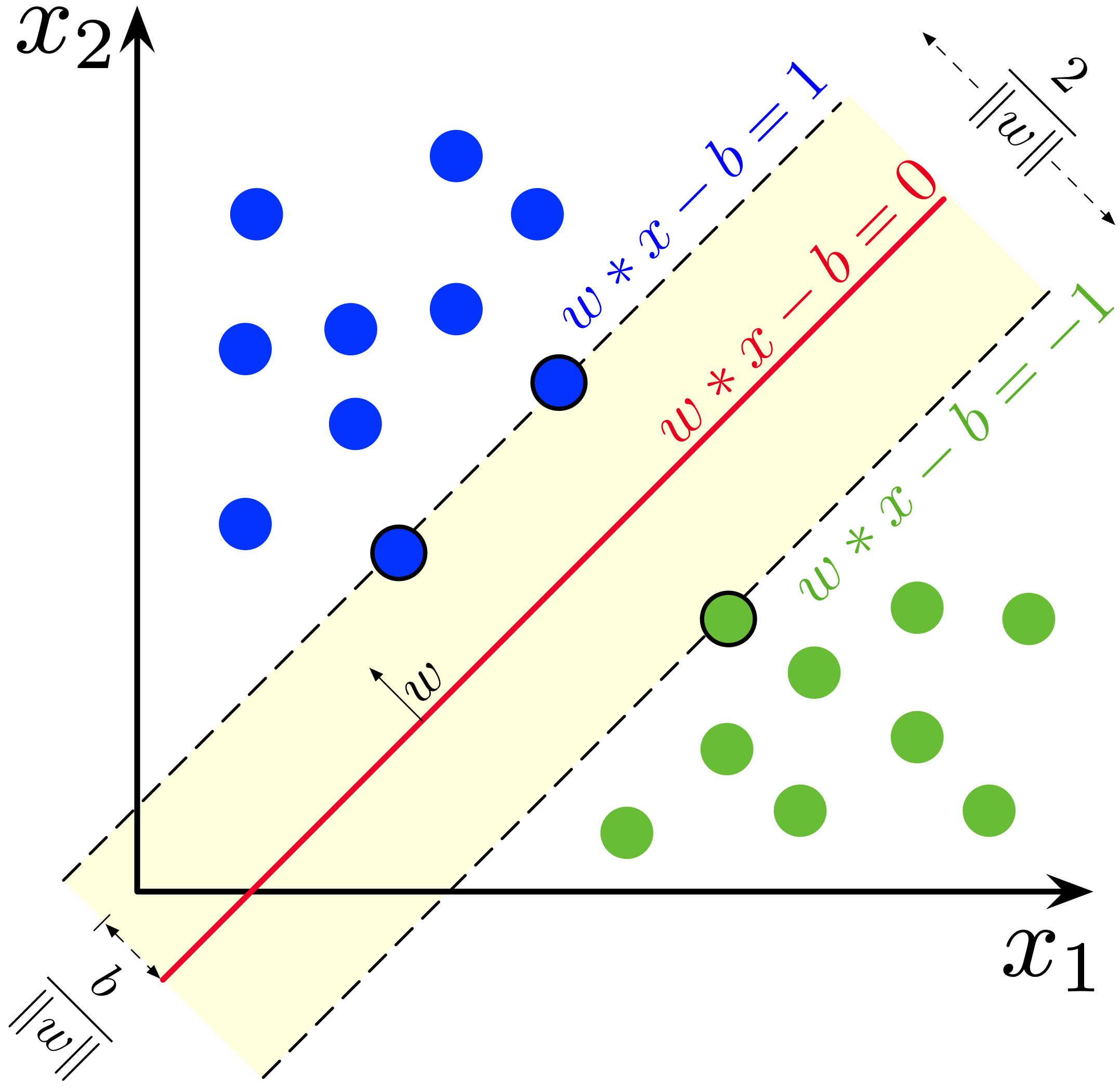Unlocking the Code: Essential Machine Learning Key Algorithms You Should Know
Machine Learning Algorithms You Should Know
Machine learning is like giving computers a brain. It teaches them to learn from data, make decisions, and predict outcomes. But not all algorithms are created equal. Some shine in specific tasks, while others can handle a variety of jobs. Let’s dive into the most important machine learning algorithms that everyone should know.
What is Machine Learning?
Before jumping into the algorithms, let’s clarify what machine learning really is. Imagine teaching a child to recognize different animals. You show them a dog, a cat, and a bird, and over time, they learn to identify these animals on their own. Machine learning works similarly. It uses data to help computers recognize patterns and make decisions without being explicitly programmed for each task.
What is a Machine Learning Algorithm?
A machine learning algorithm is like a recipe. Just as a recipe tells you how to combine ingredients to create a dish, an algorithm provides a set of rules to analyze data and make predictions. These rules vary, but they all aim to help computers learn and improve over time.
Supervised Learning: Teaching with Examples
Supervised learning is like having a teacher guide you through your studies. In this method, algorithms learn from labeled data. This means we provide the algorithm with input-output pairs to help it understand the relationship between the two.
Key Algorithms in Supervised Learning
Linear Regression
Think of linear regression as drawing a line through a scatterplot. It helps in predicting a value based on the relationship between two variables. For example, predicting house prices based on size. The line you draw represents the best guess of where houses will fall on that scale.
Decision Trees
Decision trees are like flowcharts for decision-making. They break down a dataset into smaller chunks based on specific criteria. Imagine you’re trying to decide what to wear based on the weather: if it’s cold, you wear a jacket; if it’s warm, you opt for a t-shirt. Decision trees split data into branches based on questions, leading to a final decision. They’re easy to understand and visualize, making them popular for classification tasks.
Support Vector Machines (SVM)
SVMs are like referees in a sports game. They find the best line (or hyperplane) that separates different classes in your data. They’re great when you have clear distinctions between groups.
Unsupervised Learning: Discovering Hidden Patterns
Unsupervised learning is like exploring a new city without a map. You’re looking for interesting places, but you don’t have specific categories to guide you. This type of algorithm discovers patterns without labeled data.
Key Algorithms in Unsupervised Learning
K-Means Clustering
K-means clustering is like organizing a messy closet. You’ve got clothes everywhere, but you want to group similar items together. K-means takes your data and divides it into clusters based on similarities. It’s fantastic for customer segmentation and market research.
Principal Component Analysis (PCA)
PCA is like taking a 1,000-piece puzzle and breaking it down into fewer pieces without losing the main picture. It helps reduce the number of variables in your data while keeping the essential information intact. This simplification is key when dealing with complex data sets.
Reinforcement Learning: Learning from Mistakes
Reinforcement learning is like training a puppy. When the puppy does something good, it gets a treat. If it does something wrong, it might get a firm “no.” The algorithm learns by trying different actions and receiving rewards or penalties based on its decisions.
Unique Characteristics of Reinforcement Learning
Agent-Based Learning
The "agent" interacts with the environment and learns from outcomes.
Exploration vs. Exploitation
The agent must decide whether to try new strategies (exploration) or stick with what it knows (exploitation) to achieve the best results.
Conclusion: The Future of Machine Learning Algorithms
Machine learning algorithms are transforming industries, from healthcare to finance. As they continue to evolve, understanding these algorithms is essential for anyone interested in technology. Each algorithm has its unique strengths and use cases, making them valuable tools for solving real-world problems.
So, are you ready to dive deeper into the fascinating world of algorithms? The journey just might surprise you!
.webp)





Comments
Post a Comment